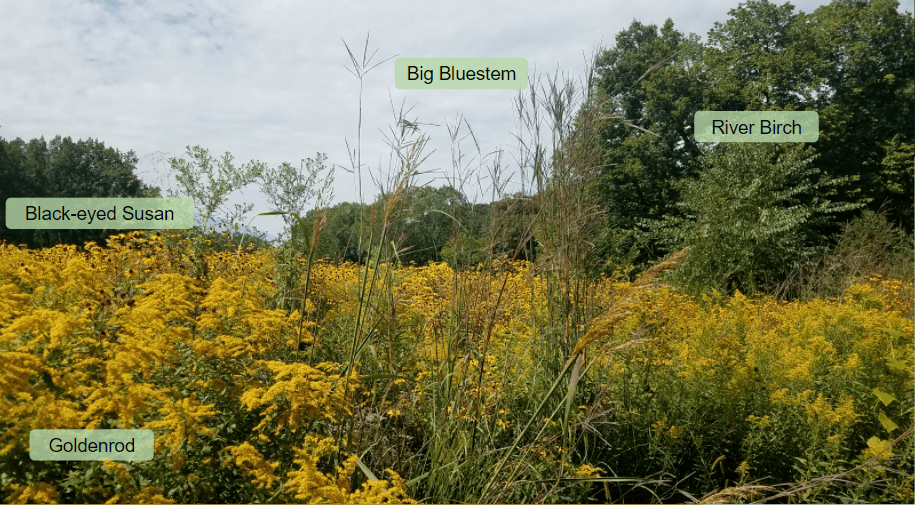How to Adapt Environmental Education in a Pandemic

by Kelsey Jennings, Urban Outreach Specialist/ AmeriCorps Member with MN DNR State Parks and Trails through Conservation Corps’ Individual Placement program
When I started in my position as the Urban Outreach Specialist, I expected buzzing events and face-to-face conversations, not long email chains, and awkward video calls. As we realized that homeschooling and social distancing were here to stay, it was time to adapt and innovate. Here are a few approaches to adapting to virtual programming, and as schools move away from in-person events, I expect to expand these throughout the winter and spring seasons!
Adapt existing programs to meet virtual needs
Adapting your programs can be as simple as hosting a live version of your programming using video calls, but be wary, as sometimes this approach can be dull. Young people (and many adults) are spending most of their days on the computer, and seeing another face in front of a white background might not be the most engaging experience, regardless of how gripping your information is! Try switching it up by hosting your program outside, or if this isn’t an option, including as many visually-engaging aspects as possible. When I host virtual programs, I am also much looser with “rules.” I often encourage students to ask questions in the chat and will adjust my presentation if the attendees make it clear that some specific content is more interesting!

Innovating programs for a virtual environment
In my experience, this approach is much more successful. Instead of trying to force an existing program into a virtual box, you create a new program that exists in and for the virtual realm. This doesn’t mean that educators need to scrap every program! Instead, reframe the information and find new ways to present it. There are many tools out there that can create very engaging programming, but it can also be as simple as using Powerpoint animations and guided movement.

A note on attention spans
It’s also worth noting that focused attention spans max out at an estimated 20 minutes, and this is much shorter for younger kids. When you introduce interactive elements to a presentation, like questions, games, or even images, people are much more likely to refocus their attention, and the 20-minute timer resets. I try to make a noticeable shift every ten minutes to try and curb boredom.
Most importantly – Do what works for you!
The reality is, you aren’t going to be able to integrate tools that don’t work or make sense for you! There are already dozens of “integrated learning tools” on the market, and you could spend ages researching them and never use them. Trying new things is great, but if you find tools to be clumsy or hard to use, so will your attendees. When I do programming, I keep it pretty simple, but other educators enjoy using a variety of tools to keep their participants engaged. At the end of the day, the best way is the way that works for you.